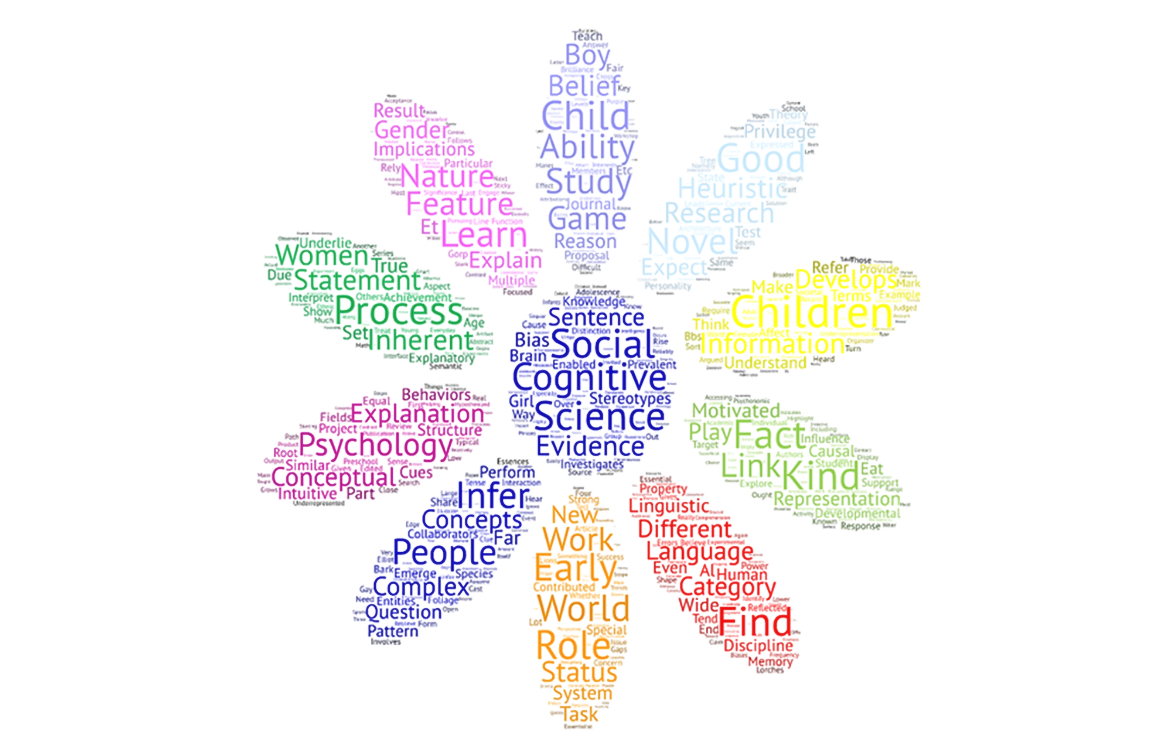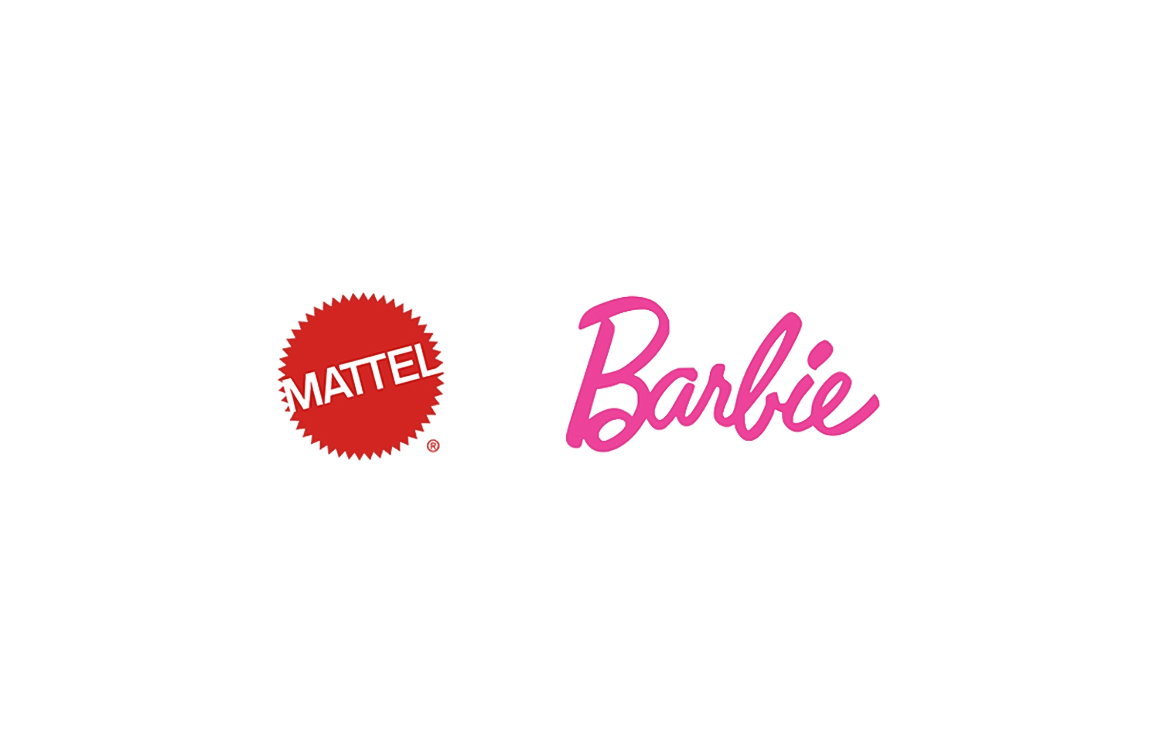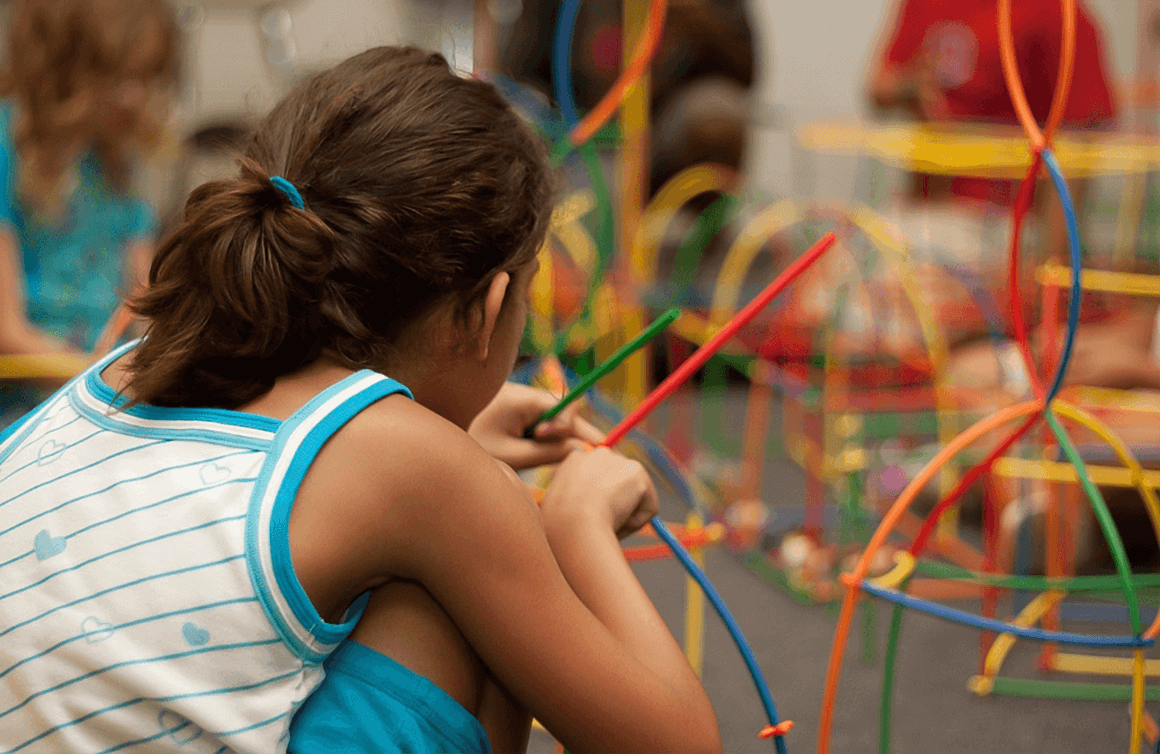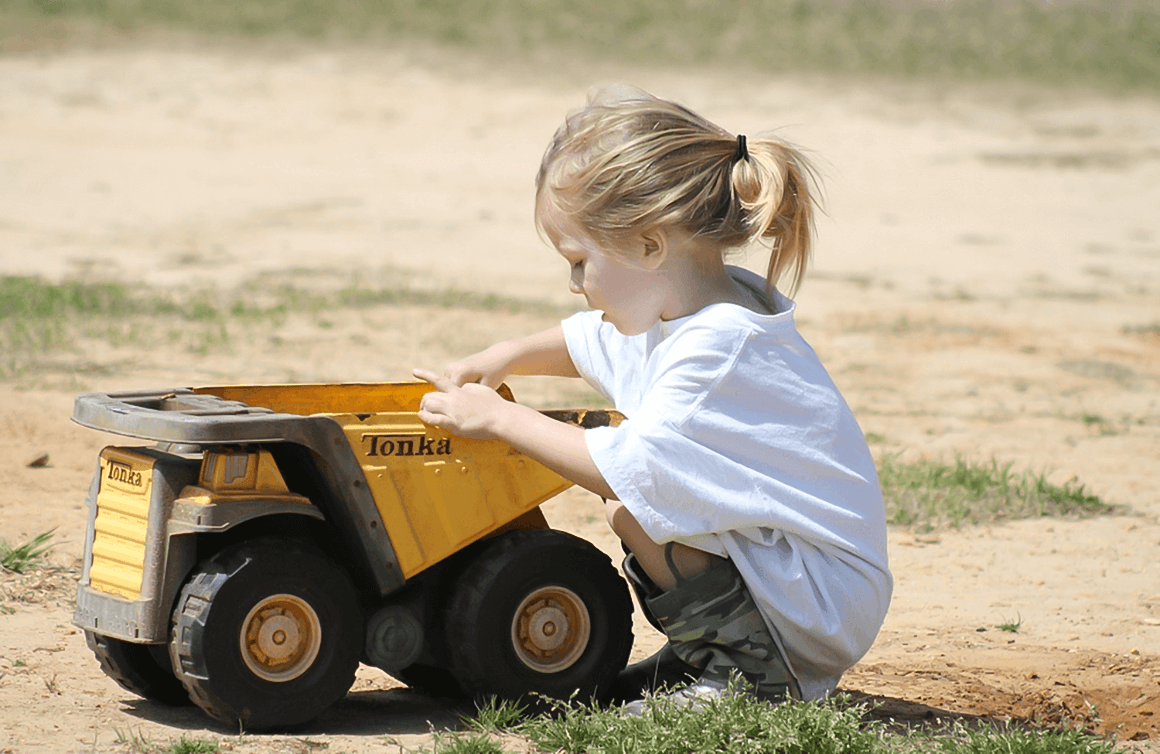What is the mission of the Dream Gap Project?
Collectively with Mattel, the project aims to identify and address gaps in confidence and perceived abilities between genders. At a young age, many girls start to lose confidence in their intellectual abilities. Mattel is interested in reducing the dream gap and has a platform to connect with kids, parents, and educators to possibly eliminate that gap altogether.

How does your work at the cognitive development lab at NYU intersect with the Project?
We study children’s thinking in my cognitive development lab, and more recently have been studying gender stereotypes. Gender gaps exist within many fields, including science and math. We study why. Part of the answer is that even adults believe people need to have a spark of brilliance to succeed in a field; hard work won’t do it, the person needs to possess an innate talent. Women stereotypically don’t believe they will succeed. Where does that idea originate? We find that girls as young as six internalize that belief. To give an example, we introduced boys and girls to an unfamiliar game. We told half the test group that the game was for smart children. We told the other test group that the game was for children who work hard. The girls were less interested in the “smart” game. The girls in the “work hard” group were just as interested in the game as the boys. It was the same game.
That’s where my work and the work of Mattel and the Dream Gap Project connect.

What makes Mattel’s Barbie a compelling brand to spearhead the Project?
I asked myself that question when I first learned about the project.
Barbie has evolved over the past ten years to become a tool for empowering girls. The Barbie brand has compelling name recognition and Mattel has access to a segment of the public that I would like to access with my research. Mattel’s interest in empowering girls and teaching adults how to protect girls from negative stereotypes is also my interest and the focus of my research.

How do stereotyping and bias hold back young girls from realizing their potential?
It’s complicated to determine where exactly these ideas originate. We have unpublished evidence that shows some parents endorse and/or reinforce some of these stereotypes. We conducted an implicit association test to tap into beliefs that parents aren’t even aware they are endorsing. We also know from work by other researchers that teachers see boys as intellectually superior to girls. When we look at teacher ratings of children, we see evidence that teachers overestimate boys and see them as more naturally competent and talented. They believe that girls can also achieve the same status if they do their homework and work hard. People often tell girls that they can do anything as well as a boy. The problem with this approach is that boys are the central figure and the ones who are believed to be smarter, even when that’s not the case. Children are very sensitive to social cues and pick up on this.
A recent article in The New York Times explained how parent’s Google searches demonstrate bias. Parents are twice as likely to inquire about how to get their daughters to lose weight than they are to find out if their girl is gifted. Parents express some of these beliefs around children even when that’s not the intention.
How does this hold back girls? Girls internalize these gender biases, which become part of their self-concept and drive their belief in their own value.

What is your ideal outcome of the Dream Gap Project?
We are still determining specifics. Generally, the hope is that the project will provide a better understanding of how and why the dream gap develops and how that leads to different aspirations. We also want to create ways to reduce or eliminate that gap – what can we do, say, or show to improve the situation.
Instilling a growth mindset and demonstrating that people don’t need an innate talent to succeed is important. A growth mindset helps kids now and as they encounter obstacles throughout life because it takes away some of those limiting beliefs.

Read more about the gender gap issue in this report. Follow the work of Doctor Cimpian and his research team on the lab’s website.







